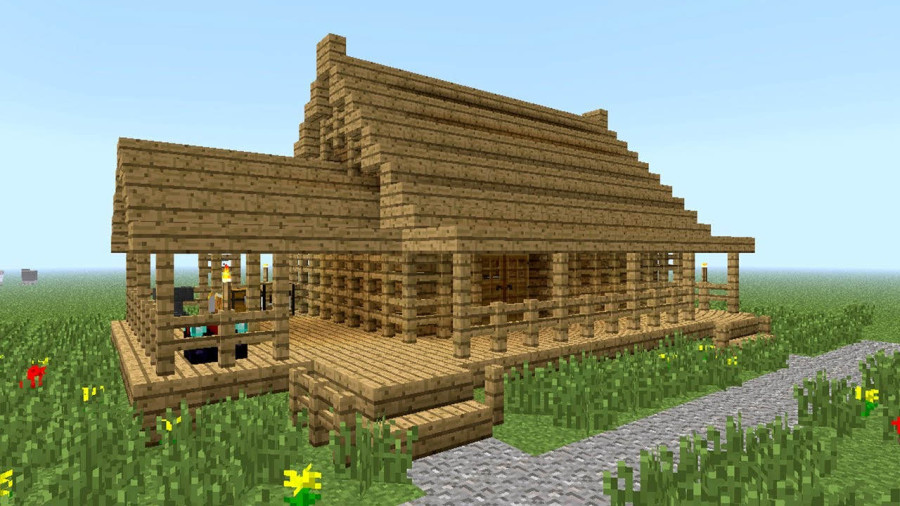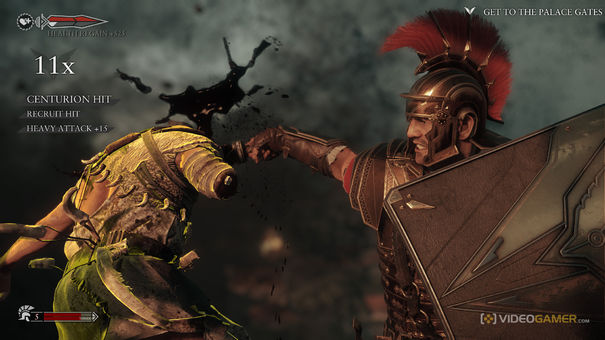So you’re on your first day of Minecraft, you’ve got your basic resources and tools gathered, and you’ve found a good area to put your first shelter in. But you’re not clear on one thing- what is the security you’re looking for in this shelter, anyways? I mentioned it as one of the four basic elements of a shelter, but I didn’t exactly go into detail. And there’s a good reason for that- it’s by far the most complex of the requirements for your first shelter. It’s also one that’s actually independent of all the other things you need out of any form of shelter, and applies equally to all living spaces.
So, what is it?
Well, security can basically be described as this: Keeping dangerous monsters out of your living space.
There are lots of ways to do this, but some are very basic and should always be used.
First of all, you need to know where monsters will not spawn. Monsters will not spawn: Where there isn’t enough space for them, in water, on top of trees, where there is light, or on top of non-natural materials.
Second of all, you need to remember that monsters cannot see you through most objects. They can see through glass, they can see through fence, and they can see through leaf blocks. If, however, any other sort of block or object larger than a torch is between you and the monster, it will not be able to see you- and so if it has not already seen you, it will not notice you and will not try to attack you.
Third, you should remember that a monster that has seen you will continually move towards you, even if you hide behind something, until you are at least a certain distance away. Rounding a corner may mean breaking line of sight, but if you go back around that corner without moving much further away, then whatever saw you will still be there, still trying to walk towards you, and possibly ambush you when you try to return around the corner.
Fourth, remember the reach of a monster’s attacks. Endermen have the unusual ability to attack through a single block of material. Skeletons have a lot of range and can shoot any direction with their bow and arrow. Creeper explosions get weaker further from the creeper, but if you’re within two squares and not armored, you’re probably dead- and they will explode if they can see you and you are within two squares.
Finally, it’s important to know that aside from creeper explosions which only destroy blocks as a side effect of their attack, and Endermen who will not move blocks while attacking and only move natural blocks anyways, monsters do not break blocks or objects- ever. It doesn’t matter what your shelter is made of for anything short of a creeper attack or concerns about an Enderman removing and switching blocks, it will stop monsters from getting at you by being there.
Knowing these things, though, it is easy to figure out how to build a safe shelter.
As long as your shelter is well-lit inside, has a roof on it, has a decent amount of space (typically 3x3 as a floorspace is the minimum you will want), and has walls solid enough to prevent a monster seeing or attacking you through them, you should be safe. You do, of course, also want to make sure you’ve build your home in a way that’s not dangerous to you. Open walls over chasms or cliff edges should be avoided, as should ceilings that are or are under gravel or sand. Try not to build your shelter in a place where water can flood into it, or in a place where you will knock a hole in it when you are mining or chopping wood. If the roof is made of stone, cobble, dirt, sand, gravel, or clay, try to make sure it’s well-lit so you don’t have any surprises dropping down on you from above. Be careful if you’ve placed your home near a cave or in a cave or chasm, since monsters can wander out of the darkness at any time of day. If your home is high up, make sure there is something to keep you from falling off the edge of it.
So, where in this nice area you’ve found should you put your home, exactly, and how should you construct it? Well, that depends- but I’ll be explaining that in the next article in this series. So keep an eye out for that, and I’ll see you there. Be well!






 System Shock 1: Installation, Mods and Setup
System Shock 1: Installation, Mods and Setup Batman Arkham City Clayface Guide
Batman Arkham City Clayface Guide How To Play Old Games on Vista and Windows 7- 64 Bit Windows to 16 Bit Earthsiege II
How To Play Old Games on Vista and Windows 7- 64 Bit Windows to 16 Bit Earthsiege II Minecraft: House Guide - Perfect Safe House
Minecraft: House Guide - Perfect Safe House . Plays November 30, 2013
. Plays November 30, 2013